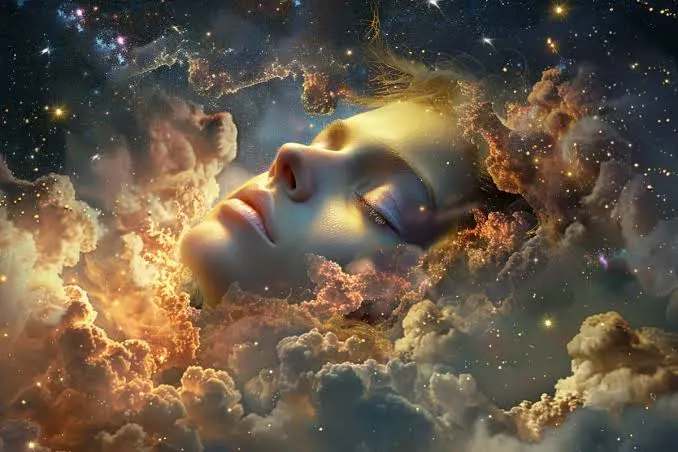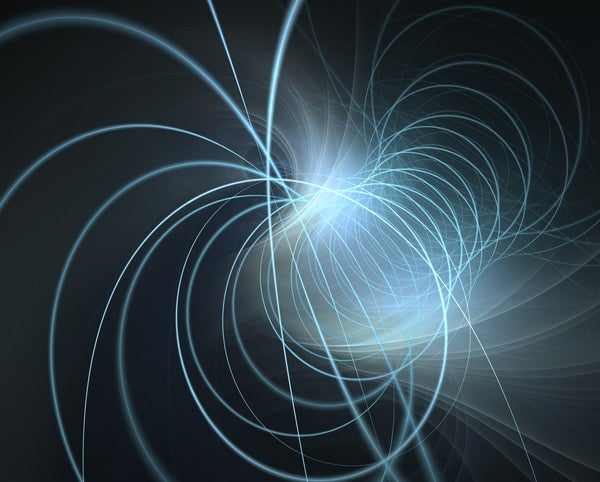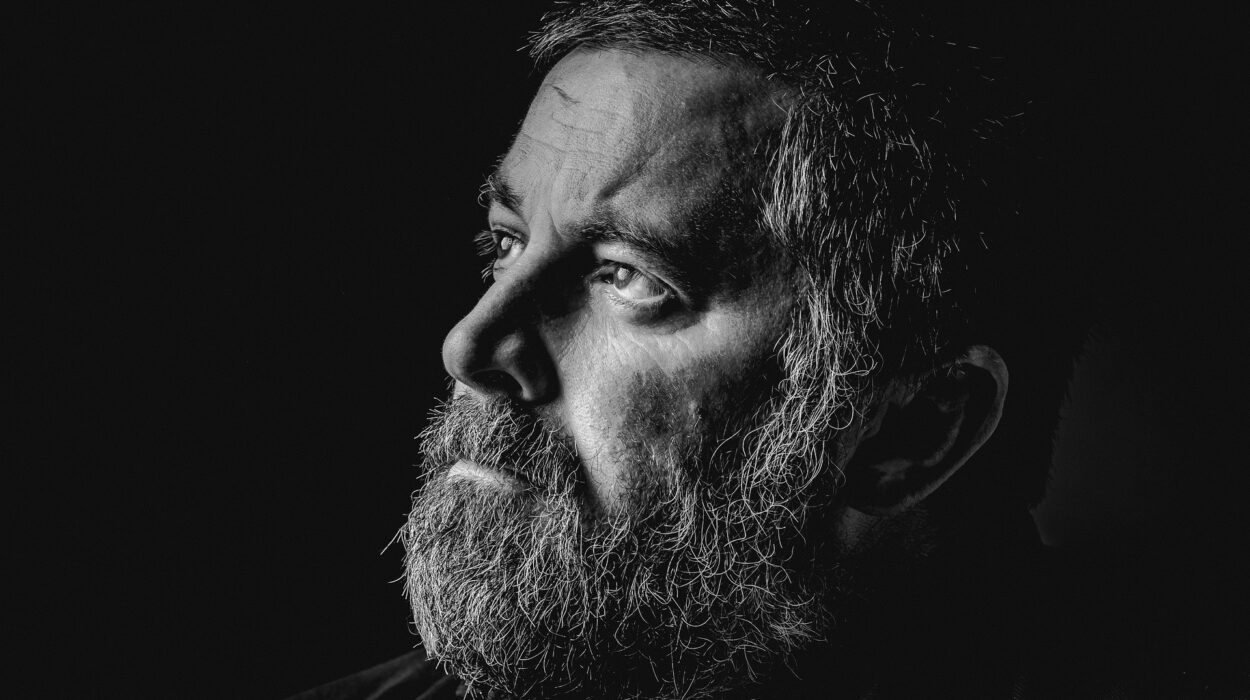Every night, as our bodies sink into rest, our minds embark on journeys that defy the boundaries of logic, space, and time. In dreams we fly without wings, we meet loved ones long gone, we tumble through surreal landscapes that exist only in imagination. Yet as real as these experiences feel, they vanish like mist when morning comes. Dreams have always carried an air of mystery. Ancient civilizations believed they were divine messages, windows into the future, or portals to other worlds. Today, science looks at dreams differently—not as supernatural visions, but as products of the brain’s nightly activity. And still, despite decades of research, the fundamental question remains: Why do we dream at all?
Modern neuroscience has brought us closer to understanding this nightly theater of the mind. Dreams are not meaningless illusions. They are tied to memory, emotion, learning, and even survival. To explore why we dream is to peer into the depths of consciousness itself, into the secret workshop where our brains process the raw materials of daily life and sculpt them into strange and symbolic stories.
The Biology of the Dreaming Brain
Dreams arise from the rhythms of sleep, particularly during a phase called Rapid Eye Movement (REM) sleep. Sleep itself is not a uniform state but a cycle of stages that the brain moves through several times each night. There is light sleep, deep restorative slow-wave sleep, and REM sleep, during which most vivid dreaming occurs. In REM, the brain is paradoxically active—almost as active as when awake—while the body is paralyzed, preventing us from physically acting out our dreams.
Electroencephalography (EEG) studies show that during REM, brain waves resemble those of wakefulness, but their patterns are more chaotic. The limbic system, especially the amygdala—responsible for emotion—becomes highly active. Meanwhile, the prefrontal cortex, which governs logic and rational thinking, quiets down. This imbalance may explain why dreams feel emotionally intense yet often defy logic. The brain is, in a sense, set free from rigid order, allowing imagination to reign.
Dreaming is also linked to powerful bursts of activity in the hippocampus, the brain’s memory center. During REM, the hippocampus seems to replay recent experiences, weaving them into the fabric of long-term memory. At the same time, neurotransmitters like serotonin and norepinephrine, which are central during waking thought, decrease. This chemical shift creates a mental state unlike any we experience while awake—a state where emotion and memory collide, producing the surreal and often symbolic narratives we call dreams.
The Memory Connection
One of the strongest scientific theories about why we dream involves memory processing. Every day, we absorb an overwhelming amount of information—faces, conversations, images, emotions, facts. Not all of it can or should be stored permanently. Sleep provides the brain with a chance to sift through this flood, keeping what is important and discarding the rest. Dreams may be the visible trace of this process.
Experiments with animals have shown that neurons activated during learning fire again during REM sleep, as though replaying the day’s experiences. In humans, similar patterns appear: students who dream about newly learned material perform better on tests, musicians who dream of practicing improve faster, and athletes who dream of training see performance boosts. Dreams seem to help stabilize memories, integrating them into the larger framework of knowledge.
But dreams do not simply replay events. They distort, exaggerate, and blend them with older memories. This suggests that dreams are not just filing cabinets for experiences but creative workshops, combining fragments of memory into new associations. This may explain why some of history’s great insights have come through dreams—August Kekulé’s vision of a snake biting its tail revealed the structure of the benzene molecule, and Dmitri Mendeleev claimed that the periodic table came to him in a dream. By loosening the constraints of waking logic, dreams may foster creativity and insight.
Dreams and Emotional Healing
Another compelling theory sees dreams as guardians of emotional balance. Daily life is filled with joys and stresses, fears and excitements. The brain must manage these emotional experiences, and REM sleep provides a safe space to process them. During REM, the amygdala—our fear center—is highly active, yet levels of stress chemicals like norepinephrine drop. This creates a unique neurochemical environment where we can revisit emotional memories without the overwhelming intensity of waking life.
In this way, dreams may function like overnight therapy sessions. They allow us to confront fears, rehearse difficult scenarios, and gradually reduce the sting of painful experiences. Research supports this: people who experience traumatic events often have recurring dreams that replay the trauma. Over time, these dreams can evolve, changing in detail or tone, as the brain slowly integrates the trauma into memory. While in some cases these dreams lead to nightmares and distress, in many they reflect the brain’s effort to heal.
Dreams may also strengthen positive emotions. Studies show that after REM-rich sleep, people recall emotional events more vividly and feel more emotionally balanced. Dreams may enhance our capacity for empathy and social understanding, allowing us to “rehearse” social interactions and navigate the complex web of human relationships.
The Threat Simulation Theory
An evolutionary perspective offers another intriguing idea: dreams as survival training. According to the “threat simulation theory,” dreams evolved to prepare us for dangers. Our ancestors faced predators, hostile rivals, and natural hazards. Dreaming about threats allowed them to rehearse responses in a safe environment, improving their chances of survival when facing real danger.
Modern dreams often reflect this ancient function. People frequently dream of being chased, falling, or facing conflict—scenarios tied to basic survival instincts. Children, in particular, have many threat-related dreams, supporting the idea that dreaming helps the developing brain practice responses to danger.
Though we may no longer face saber-toothed cats in daily life, our dreams still echo these ancestral rehearsals. They may help us prepare for modern “threats”—job interviews, arguments, or challenging performances—by simulating them in the dream world.
Nightmares and the Dark Side of Dreams
Not all dreams are comforting. Nightmares, often filled with fear, confusion, or despair, remind us that dreaming can be unsettling. They often arise during stressful times or after trauma. Post-traumatic stress disorder (PTSD), for instance, is marked by recurring nightmares that replay the traumatic event. Instead of healing, these dreams trap the dreamer in a loop of fear.
Yet even nightmares may have purpose. They could serve as alarms, alerting the dreamer to unresolved stress or unprocessed trauma. They may also be extreme versions of the brain’s threat simulation mechanism, pushing us to confront fears directly. Treatments for chronic nightmares often involve techniques that alter the dream script, helping the dreamer reclaim control. This suggests that even disturbing dreams are not random, but reflections of deep psychological processes.
Dreams, Creativity, and Problem-Solving
Dreams do more than heal—they inspire. Artists, writers, scientists, and inventors have long drawn upon dreams for creativity. In dreams, the brain operates in a freer mode, unbound by strict rationality. Ideas flow, connections spark, and imagination runs wild.
The surrealist painter Salvador Dalí deliberately used dreams as artistic fuel, cultivating a state between wakefulness and sleep to capture bizarre imagery. The poet Samuel Taylor Coleridge composed entire verses in dreams. Paul McCartney dreamed the melody of “Yesterday.” Such examples illustrate the brain’s ability to recombine memories and emotions into startling new patterns while dreaming.
Even for those who do not create art, dreams can foster everyday problem-solving. People often wake from dreams with new perspectives on dilemmas. The brain, while sleeping, seems to continue working quietly on the puzzles of life, sometimes returning with unexpected answers.
Lucid Dreaming: Awareness in Sleep
Among the most fascinating phenomena of dreaming is lucid dreaming—when the dreamer becomes aware that they are dreaming. In lucid dreams, some people can even control the dream’s direction, flying at will, reshaping landscapes, or facing fears directly.
Lucid dreaming arises when parts of the prefrontal cortex, usually quiet during REM, re-activate. This allows a form of metacognition—thinking about thinking—within the dream state. Neuroscientists have confirmed lucid dreaming by asking dreamers to perform eye movements as signals during sleep.
Lucid dreaming blurs the boundary between waking and dreaming consciousness. It raises profound questions: If we can be conscious while dreaming, what does this say about the nature of consciousness itself? Some researchers even study lucid dreaming as a tool for therapy, creativity, or skill rehearsal, harnessing the dream state for practical benefits.
Modern Science and the Future of Dream Research
Despite enormous progress, the science of dreaming is still young. Brain imaging techniques like fMRI now allow researchers to watch the dreaming brain in action, linking patterns of activity to dream content. Artificial intelligence and machine learning are being used to decode dream imagery from brain scans, edging closer to “reading dreams.”
Researchers are also investigating whether dreams can be influenced in real time. Experiments show that external stimuli—sounds, scents, or even questions played while someone sleeps—can shape dream content. This opens possibilities for targeted therapies, such as reducing nightmares or enhancing learning.
Yet dreams resist complete explanation. They are shaped by culture, personality, and personal history as much as by biology. What we dream is uniquely our own, a reflection of the intimate landscape of the self. Science may map the pathways, but the meaning remains partly a mystery, reminding us that consciousness itself is still not fully understood.
The Poetry of the Night Mind
Why we dream may never have a single answer. Dreams are at once biological necessities, psychological tools, and sources of inspiration. They consolidate memory, process emotions, simulate threats, fuel creativity, and offer glimpses into the subconscious. They are both deeply practical and profoundly mysterious.
To dream is to participate in one of the most universal yet personal human experiences. Every night, our brains write stories that reveal the hidden currents of our inner lives. Whether they frighten, comfort, or inspire, dreams are testaments to the richness of the human mind. They remind us that even in sleep, we are explorers, navigating realms as vast and strange as the universe itself.
As the science of dreams continues to advance, we may one day fully understand why we dream. Until then, dreams remain a bridge between science and poetry, between biology and imagination, between the waking world and the infinite landscapes of the night mind.






